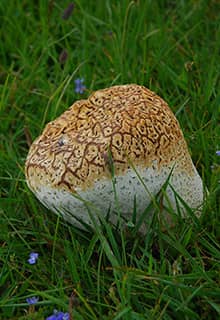

10 vibes for Çorum
like locals
Hattusa: According to the UNESCO World Cultural Heritage List and the Hittite written sources, it is the city that became the capital of the Hittites (1665-1640 BCE) when Hattusili came to power.
Yazılıkaya: More than 90 gods, goddesses, animals and imaginary creatures are engraved on the rock surface in the temple, Hattusa's largest and most impressive sacred place.
Çorum Museum: Artifacts from the Chalcolithic Period found in the excavations of Alacahöyük, Kuşsaray and The Great Güllücek, Alacahöyük excavation finds from the Old Bronze Age, artifacts from the same period brought to the museum through purchase, unique bronze sword with cuneiform inscription on it belonging to the Hittite King Tudhaliya II (1430 BCE), documents in Hittite and suchlike historical finds are exhibited.
Alacahöyük: A very important cult (religious ceremony) and art center in the Old Bronze Age and Hittite Age; Place where the Hellenistic, Roman, Byzantine, Seljuk-Ottoman civilization ages are uncovered.
Ortaköy - Sapinuwa: Located at a strategic point in the Hittite Age due to its political and geographical location, the city is an important military and religious center. In addition to those written in Hittite, there are administrative, military, religious and fortune texts written in Hattic, Hurrian and Akkadian, in the archive of cuneiform tablets and fragments uncovered during the Ortaköy excavations and the number of which reached four thousand. Most of them belong to the Middle Hittite period (14th century BCE).
İskilip Castle: The castle in the district center, which dates back to the Ottoman Period and has rock graves belonging to the Roman Period at the foot of the cliff where it was built.
Abdullah Plateau: Besides its clean and abundant water and unspoiled nature, it is worth a visit with other distinctive vegetation like yellow pine and black pine, picnic areas and walking tracks.
İncesu Canyon: A canyon with wall ruins dating back to the Hellenistic Period (second century BCE), stair cascading water cisterns called caves by the people, wooden beam hollows on the rocks rising on both sides of the canyon where the Çekerek River, whose ancient name is Scylax, passes.
Kargı Cloth: The type of cloth that is woven in a knot on the benches in the workshops operated in Kargı district. Clothes/products made of kargi cloth are preferred as souvenirs by visitors to the region.
Çorum Leblebi: Special indigenous leblebi cooked in wood fire, which is one of the symbols of the city and has close to 40 varieties.
İskilip Dolması: A traditional dish made in villages at the foot of Deveci and Köse Mountain in Çorum’s İskilip district and cooked in about twelve hours.
























